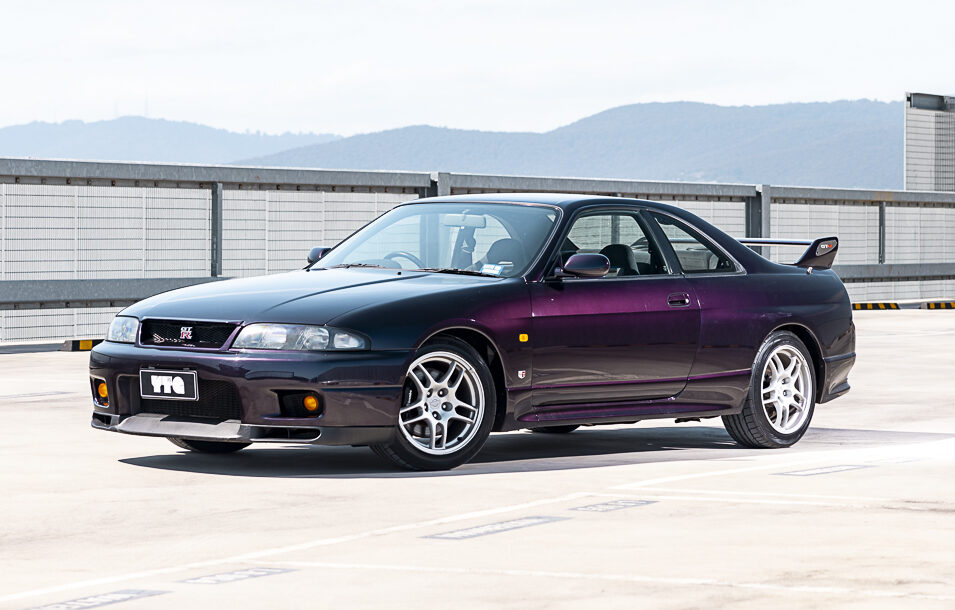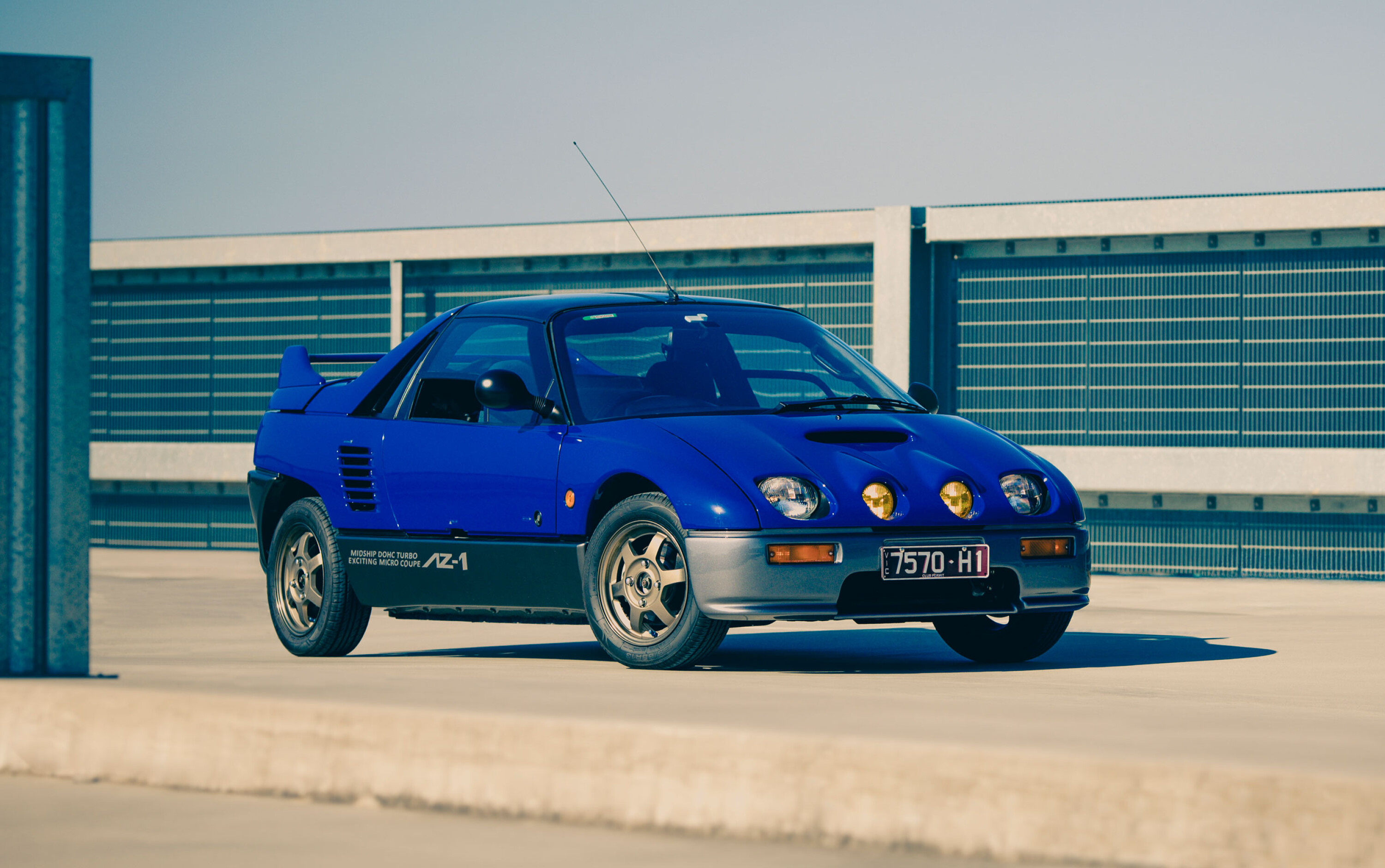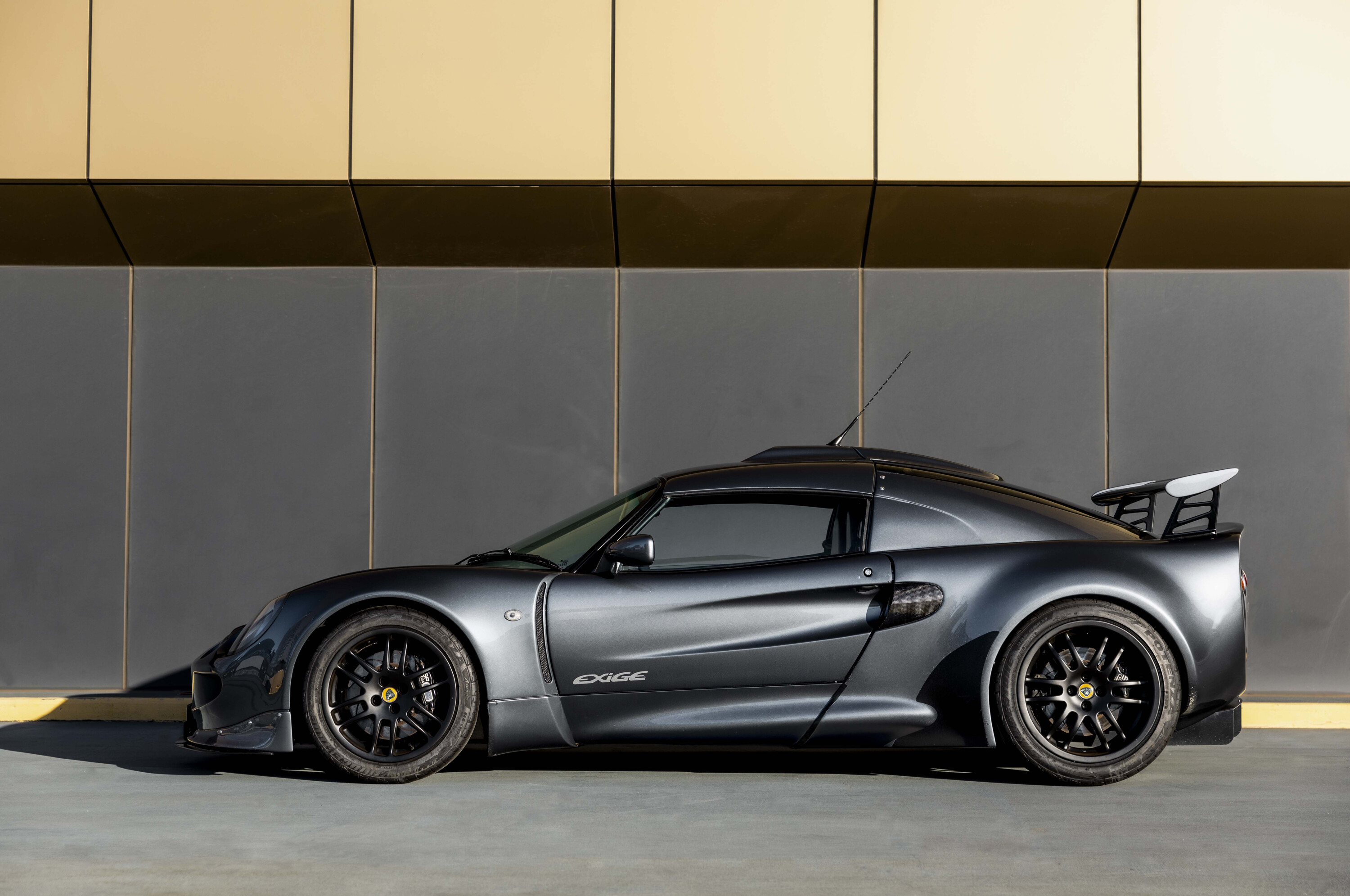In the past two years Ferrari has lost a few key people.
Vehicle concept mastermind Philippe Krief took a handful of specialists when he left for Alfa Romeo’s skunkworks in Modena, Sergio Marchionne ousted Luca Montezemolo and took over as chairman, chief engineer Roberto Fedeli defected to BMW, and former F1 boss Stefano Domenicali is now at Audi.
But while the numbers-driven Marchionne now calls the shots, talk of Ferrari doubling output and adding an SUV seems unfounded; he’s too shrewd to mess with brand values and understands Ferrari’s evolution must revolve around sportscars.
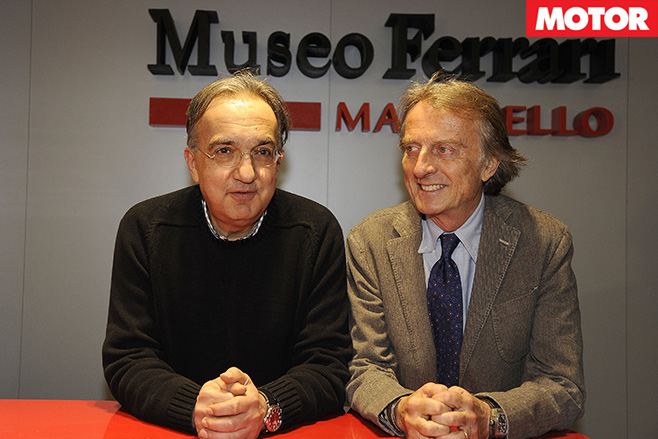
Thanks to advanced bonding techniques and a cleverly re-engineered body in white, weight could be slashed by a massive 200kg, and amazingly, the same design works for front- and mid-engined models.
Known as the AFM layout, it will share drivetrains, electronics platforms and chassis complete with suspension between models, helping cut development and purchasing costs. This will allow a new level of production flexibility and should lead to more specials like the 574kW F12tdf
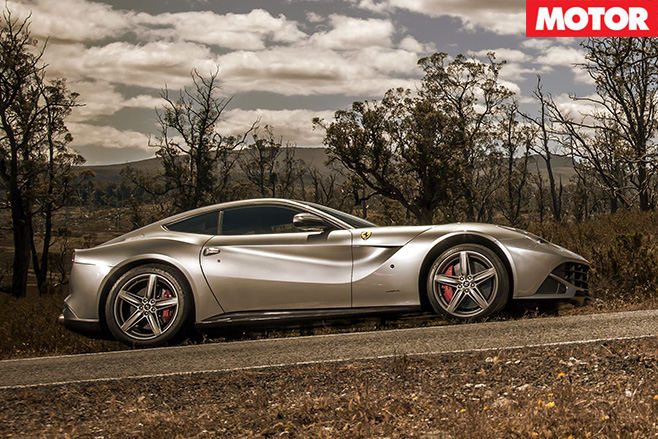
Unsurprisingly, Ferrari’s best-seller will retain the folding hardtop (though lighter and more space-efficient) but much more interesting is the suggestion of a cheaper alternative to the turbocharged 3.9-litre V8 – a new 2.9L-litre twin-turbo V6.
This new engine will be Ferrari’s fourth six-pot and is also earmarked for the new Dino. Montezemolo blocked this model, but Marchionne told journalists it was not a question of whether he would go ahead with such a car but when.
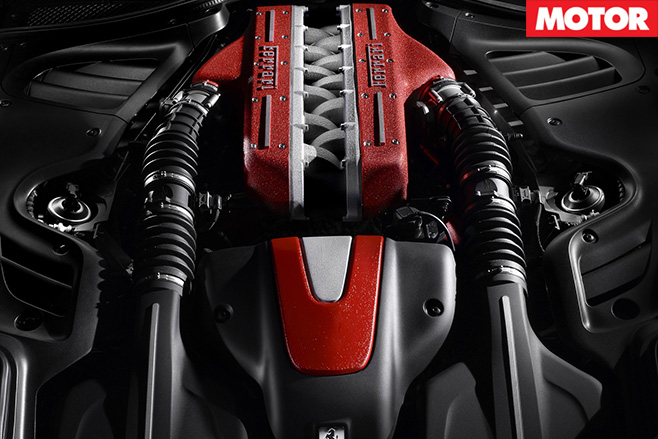
The V6 Dino is expected to cost around 185,000 euros (AUD$298,000) and will be a genuine Ferrari despite the relatively low sticker price. A spin-off of the brand-new 488 replacement due in 2021, the Dino is a compact mid-engined two-seater on a shortened and slightly narrowed platform.
Along with shorter overhangs and a low roofline, different lights, bumpers, wheels and doors will set it apart from the 488 and enhance its muscular proportions. Those in the know claim the new model, 120mm shorter than the 488, may be badged 486 and say it looks butch and aggressive, in comparison to the sleek and elegant original Dino of 1965.
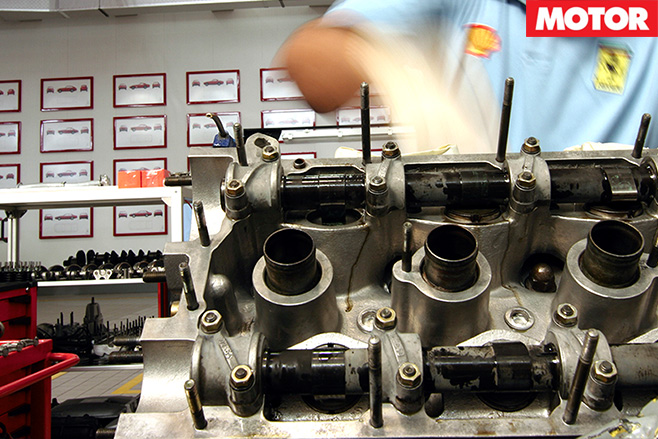
While E-boost may become standard on future turbo engines, the active-hybrid variants feature an additional recuperation system and use a high-performance battery pack, which opens the way for a third option – a lighter and cheaper 26kW mild hybrid, mated to a 48V electrical system.
All this development work may explain why there’s no word yet on the next supercar. A battery-less version of LaFerrari has been discussed but not approved and Felisa’s team is said to be busy with a ‘platinum jubilee’ model for Ferrari’s 70th anniversary in 2017.
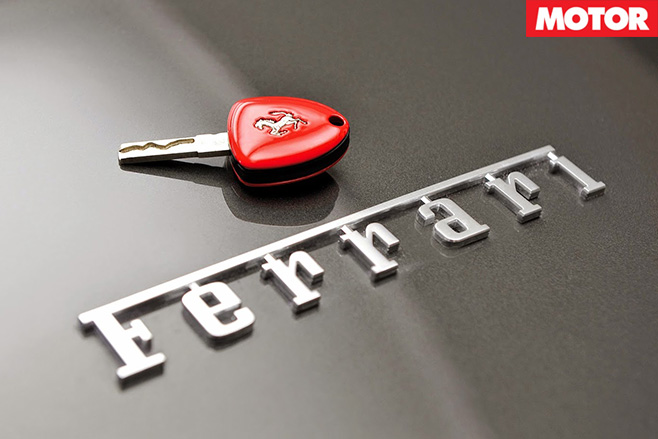
Maranello’s decision makers contemplated replacing the F12 with a mid-engined V12 coupé/spyder or adding one as a fifth model line. After all, it probably takes the smaller frontal area and superior dynamics of a mid-engined AWD sportscar to challenge the Aventador SV and McLaren 675LT. However, customer feedback was clear – there’s still strong demand for a high-end front-engined two-seater powered by a naturally aspirated V12.
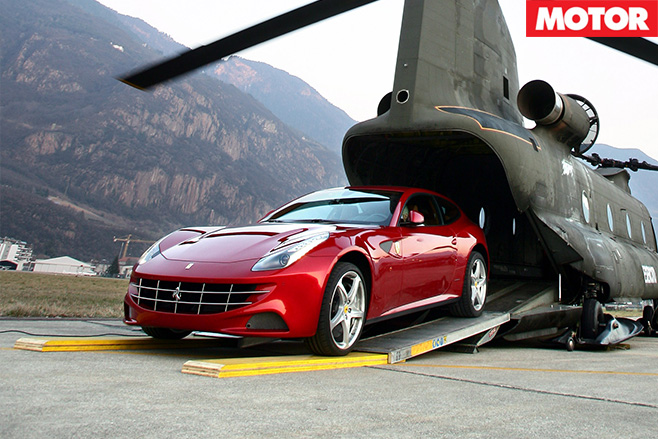
However, the new FF – due in 2020 – is tipped to be the most radical departure from its predecessor. The first step is the recently revealed GTC4 Lusso; the body gets a partially redesigned rear end with a less upright tailgate, sleeker roofline, new lights and new bumpers with sharper contours.
The 2020 FF MkII will use the AFM platform and remain front-engined with optional AWD, but rumour is the V12 will be replaced by the more economical twin-turbo V8, and there’s talk of a revolutionary body design with full-length gullwing doors and no B-pillars – think Bertone Marzal by Maurizio Gandini. There are several proposals on the table but some kind of avant-garde door concept can be taken for granted.
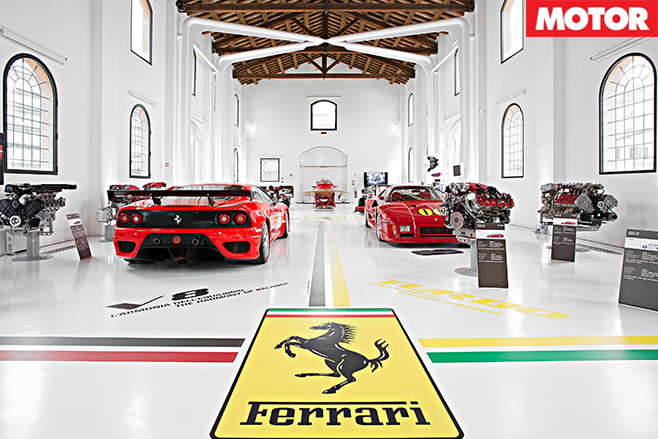
With an IPO looming, it’s vital Ferrari’s current run of success continues, as shareholders will be keen for a solid return on their investment in Maranello’s future.


